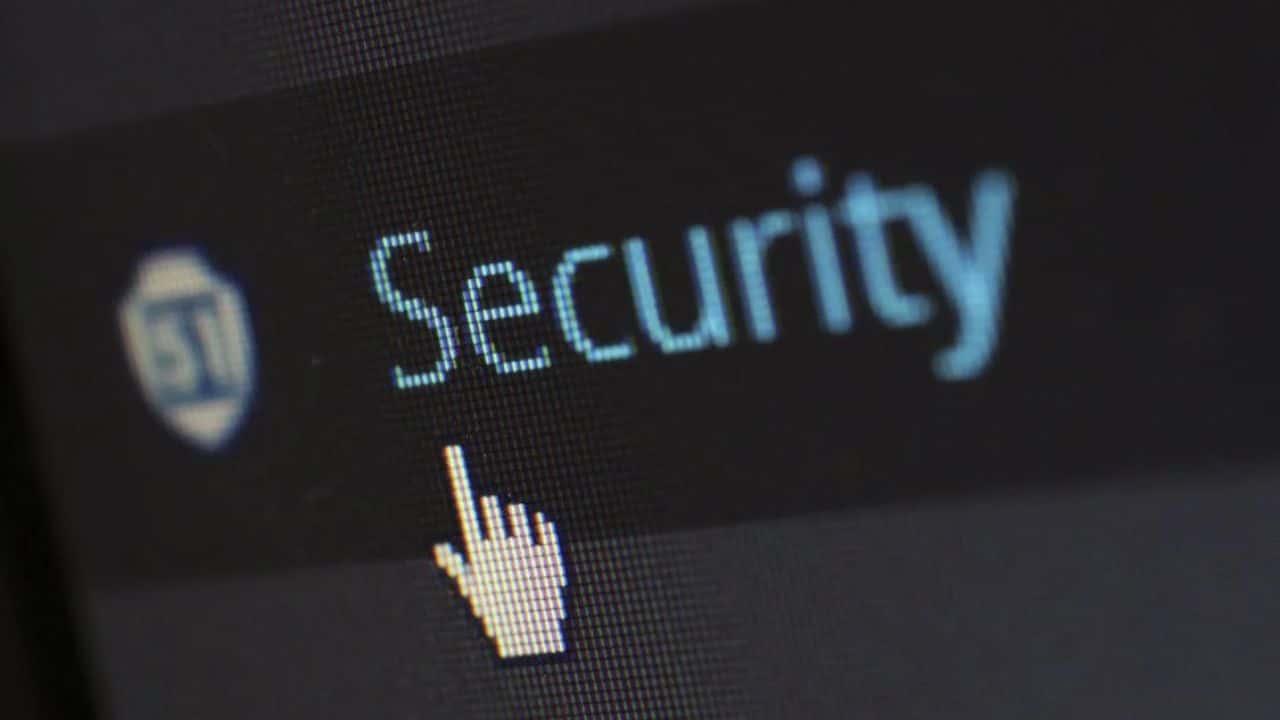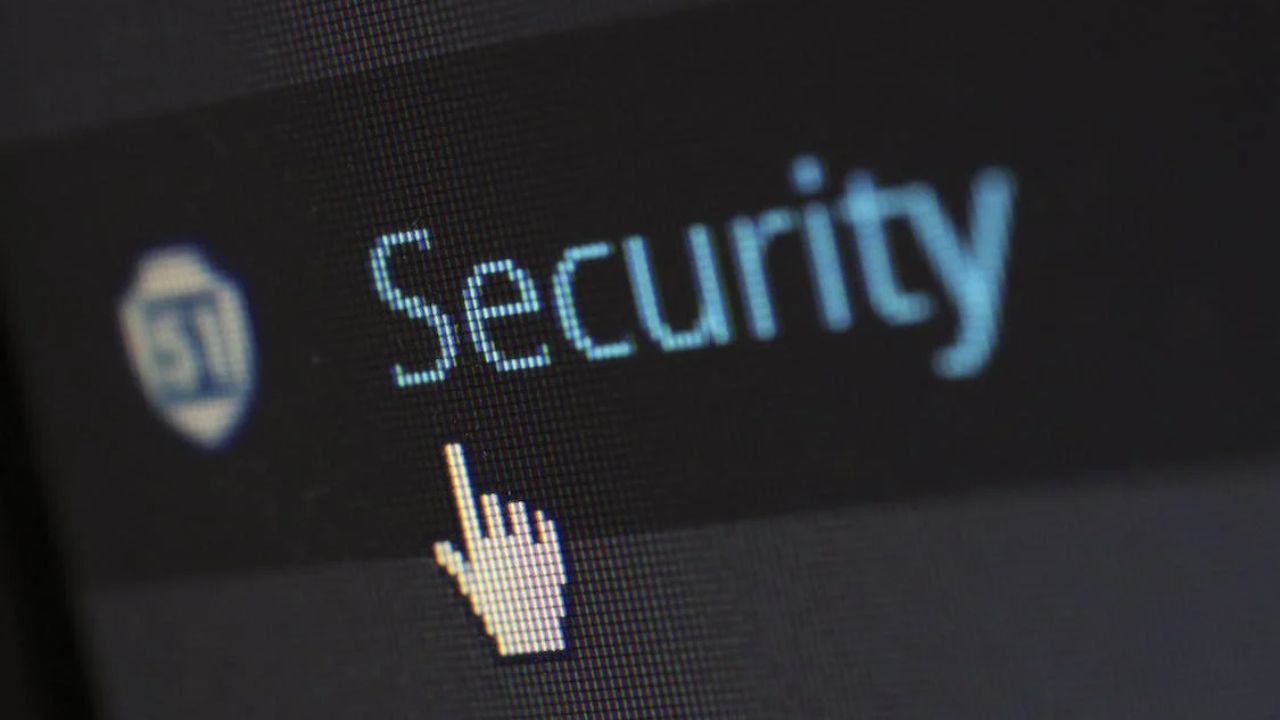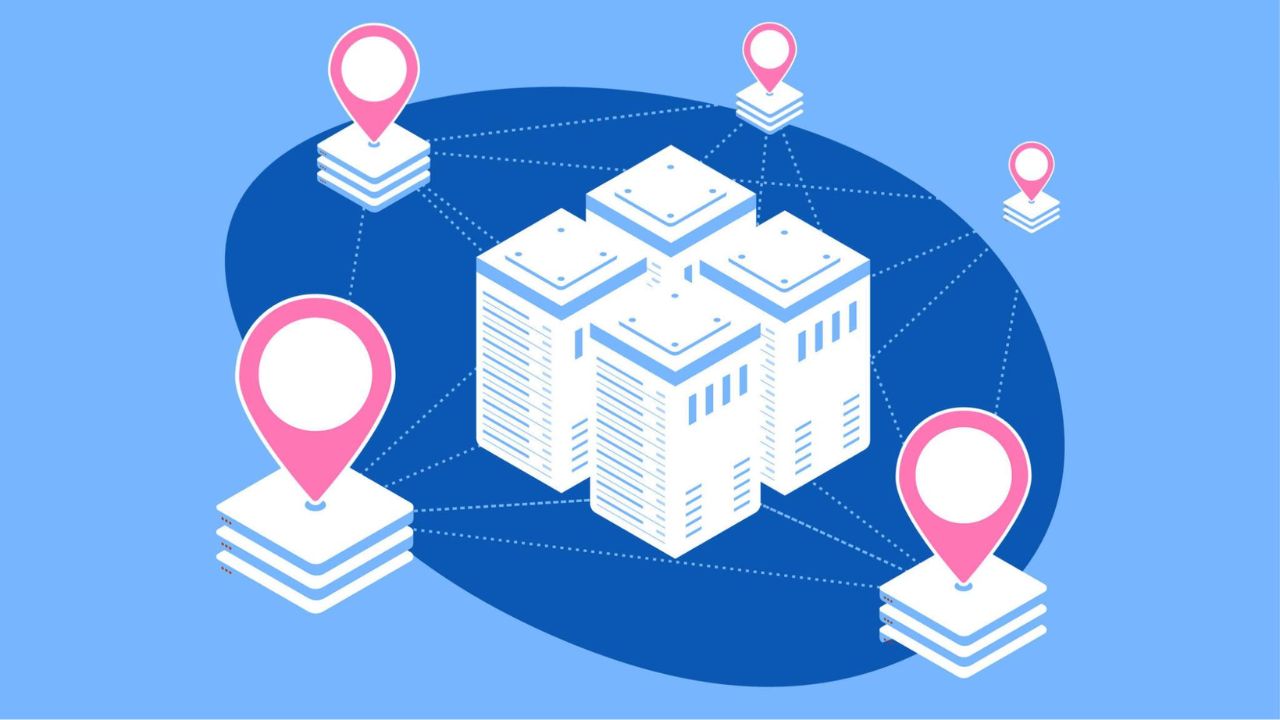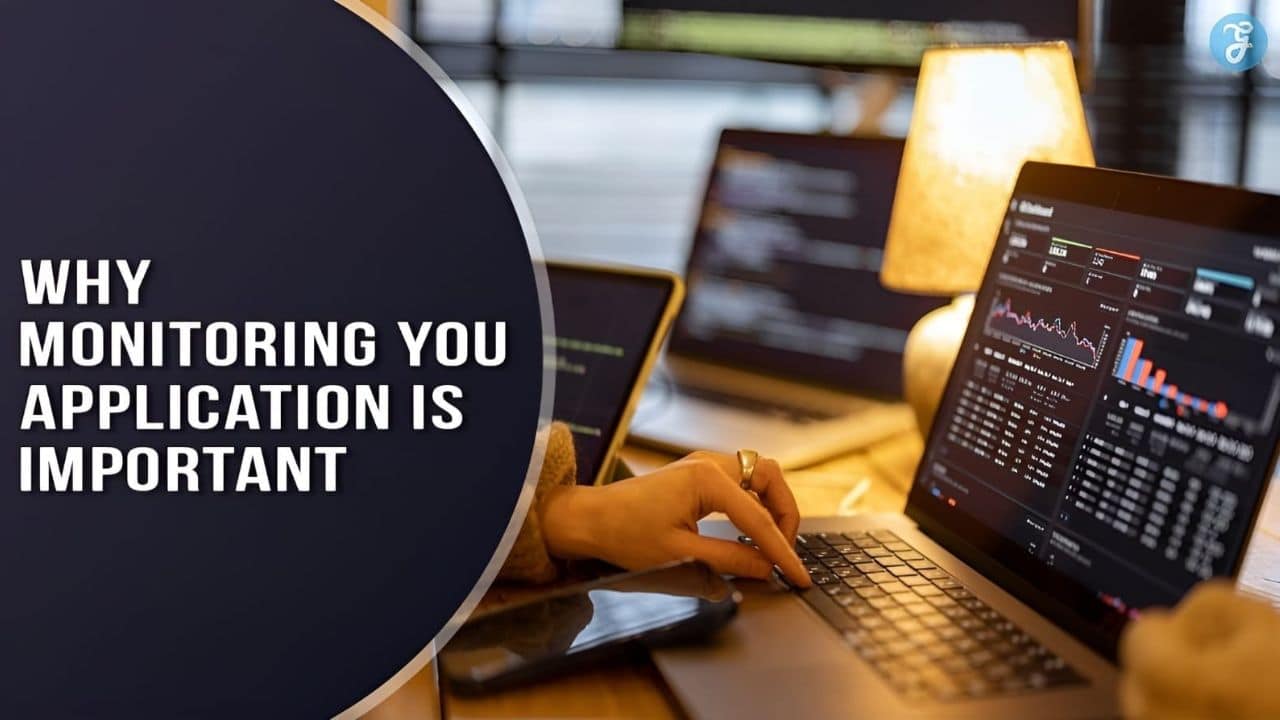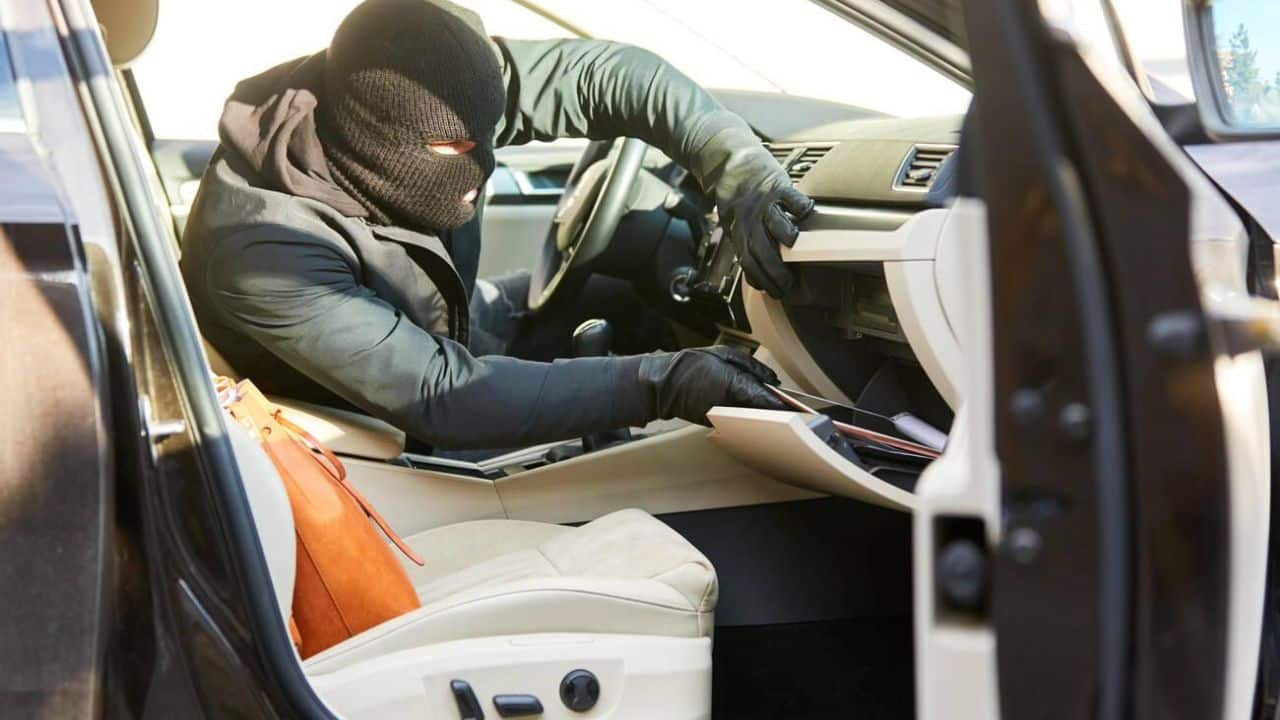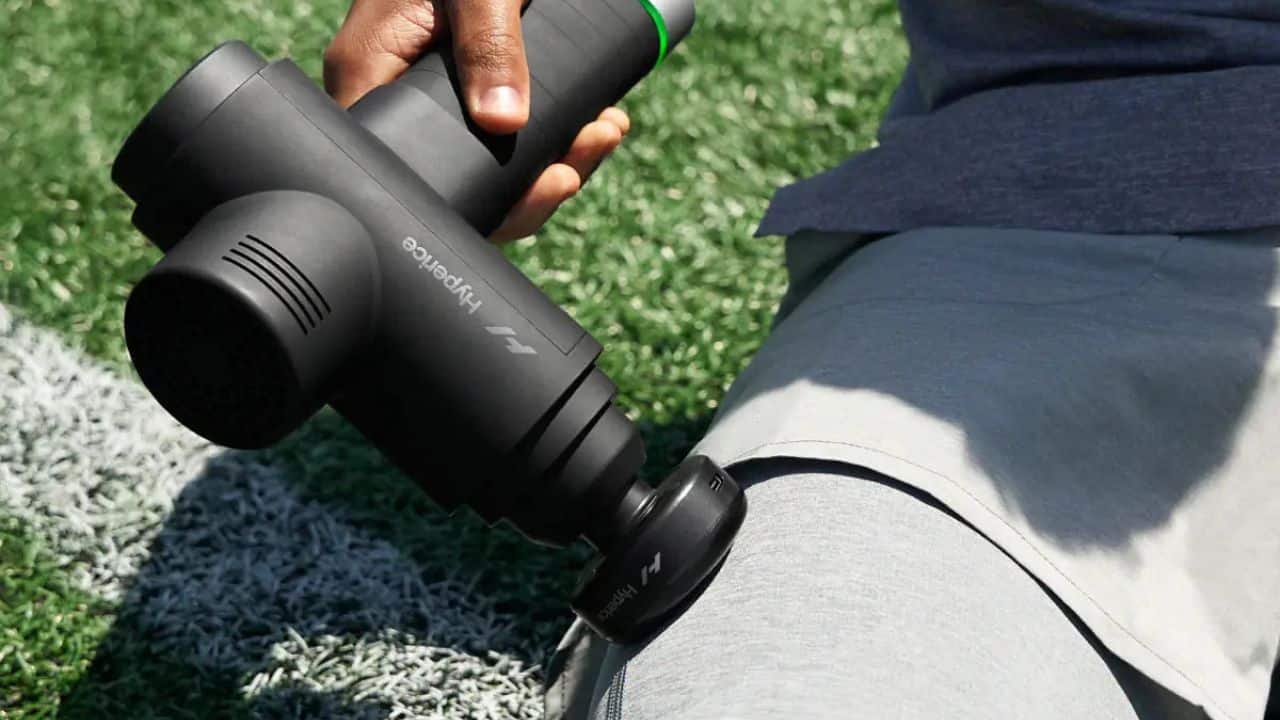Are you concerned about the physical security of your substations? Are you looking for proven, innovative solutions to safeguard these critical assets from potential threats?
This article will guide you through three key strategies to enhance the security of your substations and protect them from the unforeseen.
The Importance of Substation Security
Substations play a crucial role in our power supply system. They connect different parts of the power grid, from generation to distribution and transmission. This means they help to move electricity from power plants to homes and businesses. Because they’re so important, we need to protect them.
Many dangers can harm substations. People might intentionally damage them, or a storm or other natural disaster could disrupt their operations. If a substation stops working, this can lead to power outages, broken equipment, and service interruptions. These problems can have significant effects not only on the substation itself but also on the broader community and economy.
Substation protection is important. If we don’t do it right, we might have to deal with serious problems. This is why we should always prioritize the security of our substations. By doing this, we’re protecting an important piece of infrastructure and ensuring that our daily lives can go on without interruption.
Invest in High-Quality Physical Barriers
Solid barriers play a crucial role in keeping substations safe. These barriers include fences, walls, and gates. They act as a first line of defense, deterring unauthorized individuals from gaining access to the premises.
Quality is paramount. Not all barriers are created equal. Using high-quality materials can significantly strengthen the security of your substation. For instance, fences with anti-climbing and anti-cutting features can pose a formidable challenge to intruders, making it difficult for them to breach the perimeter.
Moreover, the type of barrier chosen should depend on the specific needs and constraints of the substation. The site’s layout, the surrounding environment, and the threat level – all these factors should inform the selection of appropriate barriers.
Investing in physical barriers may seem obvious, but it’s astonishing how often this basic layer of security is overlooked. By focusing on high-quality barriers, you can significantly enhance the physical security of your substations. It’s a cost-effective way to safeguard these critical assets from various threats.
Utilize Advanced Security Technologies
Securing substations goes beyond physical barriers. Technological solutions can provide additional protection and play a pivotal role in enhancing overall security. Here’s a closer look at how these technologies can safeguard your substations.
One such solution is surveillance systems, specifically CCTV cameras. These devices provide eyes on the ground, recording activity around the clock. High-resolution cameras can capture clear images, while night vision capabilities ensure darkness doesn’t hamper surveillance.
But observing isn’t enough. You need a system to alert you when something’s amiss. This is where intrusion detection systems come in. These technologies sense movement or intrusion in protected areas, sending alerts when potential threats are detected.
Then there’s the issue of access. Who gets in, and when? Access control systems manage this effectively. They use identification devices like cards or biometric readers to allow only authorized personnel to enter the substation.
Incorporating these advanced security technologies into your substations can significantly improve their overall protection. Combining physical barriers with modern tech solutions creates a robust defense mechanism, reducing the risk of breaches or security incidents.
Leveraging Advanced Material Solutions for Enhanced Protection
Material choice is a key factor when we talk about substation security measures. It’s not just about putting up a barrier – it’s about what that barrier is made of.
So, what materials are we using today? High-strength steel, reinforced concrete, and composite materials are some examples. These materials are chosen for their toughness, longevity, and resistance to the elements.
Here’s a point worth considering: Different materials have different strengths. Using a single material may provide adequate protection, but a combination of materials, a concept called layered security, could offer greater resilience.
Some materials in the market provide properties such as ballistic resistance, electrical non-conductivity, and low thermal conductivity. These materials can bring extra safety, especially in situations where extreme conditions are a possibility.
In conclusion, materials matter. The suitable material can make your substation more secure and protect it from various threats. As technology evolves, so do our options for materials—the future promises even better solutions.
Regular Security Assessments and Upgrades
Staying on top of substation security is a task that takes time to complete. Regular security assessments and upgrades are essential. But what does that mean?
A security assessment starts with evaluating your current system. We look at everything: the fences, the alarms, the cameras. Are there any weak spots? Any potential points of access that shouldn’t be there?
Once we’ve evaluated it, we can begin to make recommendations. This might be as simple as installing a new lock or as complex as a complete redesign of the security system.
And even after upgrades, the process continues. Threats are constantly changing. New tools and methods to bypass security systems are developed all the time. To counter this, we must continually reassess and update our defenses. This isn’t just about reacting to new threats but proactively anticipating them.
Finally, remember that security improvements aren’t just about adding more barriers or surveillance cameras. Sometimes, it’s about updating your materials or technology to more advanced options. Ultimately, the key is to remain vigilant and adaptable to maintain robust substation security.
Conclusion
Let’s be clear. Your substation isn’t just a collection of equipment. It’s a vital link in the power supply chain, ensuring homes, businesses, and public services have the necessary electricity. Security isn’t optional; it’s required. The strategies we’ve outlined are about more than just preventing problems. They’re about ensuring your substation’s stability and reliability.
Securing your substation isn’t a project with an end date. It’s an ongoing process that needs your attention and commitment. From investing in quality physical barriers and technology to making regular security assessments and upgrades, every step matters. It’s not just about reacting to threats but anticipating them and staying one step ahead.
Remember, the best defense is always a good offense. By applying these strategies, you’ll improve the physical security of your substations and ensure a reliable power supply for your consumers. Start enhancing your substation’s security today and keep your power supply chain unbroken. Stay ahead, stay secure.


